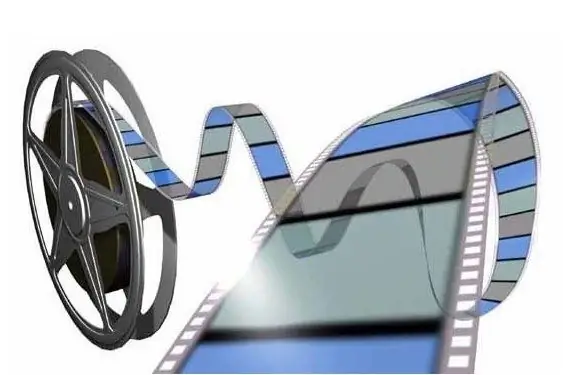Windows MovieMaker is a standard program that is installed with the Windows operating system. This software allows users to edit and edit videos.

Windows MovieMaker can be easily found by users in most operating systems, with the exception of the most recent versions. Unfortunately, Microsoft Corporation has decided to opt out of this software. For users who do not have Windows MovieMaker on their computer, but want to work with this program, there are two ways out. The first is to install earlier versions of Windows operating systems, and the second involves downloading and installing this program from the Internet. If you already have Windows MovieMaker, then most likely you can find it in the "Accessories" folder (unless the program was moved to another directory and was installed along with the operating system).
This program is ideal for beginners who are just getting started with editing. With this program, you can add various effects, create original videos, and even capture videos from various sources. Sometimes it happens that the capabilities of the Power Point program are not enough and then Windows MovieMaker comes to the rescue. Using this software, users can easily and easily create their own presentations.
Regions in Windows MovieMaker
Windows MovieMaker has one working area, a field for performing certain operations with a fragment of a video recording or completely with a video recording, a field for displaying the result, and a storyboard field. First of all, after starting the program, you need to open the source file. This is done with a simple click on the "Import video" button (there is also "Import images", "Import sound or music"). Then, after certain files are open, you need to transfer them to the timeline (storyboard), which is at the very bottom.
Editing a video in Windows MovieMaker
You can add effects to modify the video. To do this, click on the corresponding button "Video Effects". It is located on the left side of the window. In order to apply certain effects, you just need to drag them to the timeline or storyboard, and then they will be activated.
Transitions are one of the most useful ways to link different parts of a video. To view and add some specific transitions to the storyboard, you need to select in the options "View video transitions". In addition, you can add music, sounds and more to the video, and you can even trim the video. This can be done on a special field, in the "Timeline" mode.






